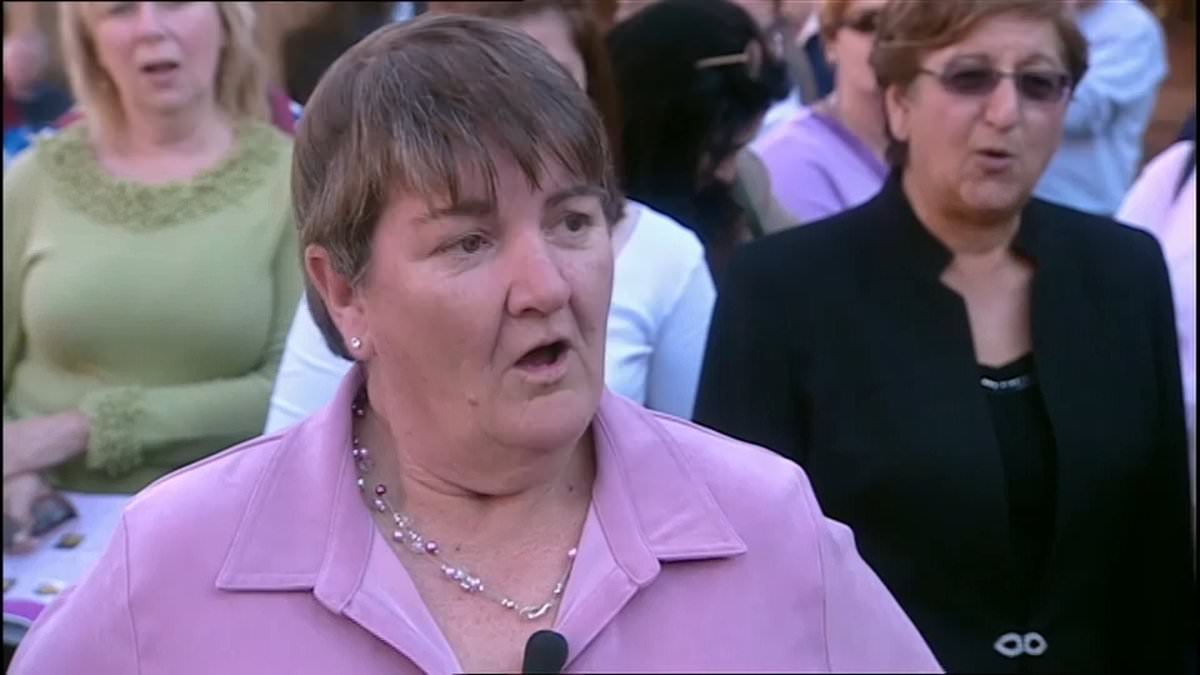An Antiques Roadshow guest was blown away after learning a vase she purchased for $30 at an opshop was worth a huge sum of money.
The Antiques Roadshow sees members of the public bring their treasured items to be valued by a team of experts.
During a recent episode of the show streaming on 9Now, a Sydney woman brought a unique vase featuring painted Highland cattle.
‘I found it actually in an opportunity shop,’ she said.
Waiting to value his items was John Sandon, along with a crowd of spectators gathered around him.
‘Collectors go mad for these.’
The vase turned out to be from famed ceramics artist Harry Stinton, and a code on the bottom confirmed it was made in 1958.
‘Harry was a grand old man by that stage. He was already into his 90s then and still painting, still doing the scenes,’ he said.
‘His eyesight had gone a bit so his later work is a little bit impressionist, he couldn’t see them so well. I think that’s some of his nicest work.’
Mr Sandonmentioned that the vases typically came as a set of two. The guest confirmed owning both, though one had a small chip at the top and wasn’t as well-preserved.
‘Two of them for $30? It shouldn’t be allowed, oh dear,’ John laughed. ‘These are seriously expensive now.
‘A pair with one chip, they’re going to be $7000 to $8000,’ he confirmed.
The Aussie woman was left stunned.
‘Ohhh far out,’ she reacted, putting her face in her hand in shock.
Mr Stinton, born in 1883, overcame a difficult childhood marked by frequent illnesses and long hospital stays.
Despite these early challenges, he went on to become one of the most celebrated ceramic artists of the 20th century.
Mr Stinton earned numerous awards for his work, which often depicted pastoral scenes featuring sheep, gamebirds, and sweeping landscapes, according to Roundabout Antiques.
However, he became especially renowned for his paintings of Highland cattle.
He spent 67 years working at the Royal Worcester factory, retiring in 1963.
Even in his later years, as his eyesight began to fail, he continued to paint – producing more impressionistic pieces that many consider among his finest.
Mr Stinton passed away in 1968, leaving behind a legacy of artistry that remains highly prized by collectors today.
